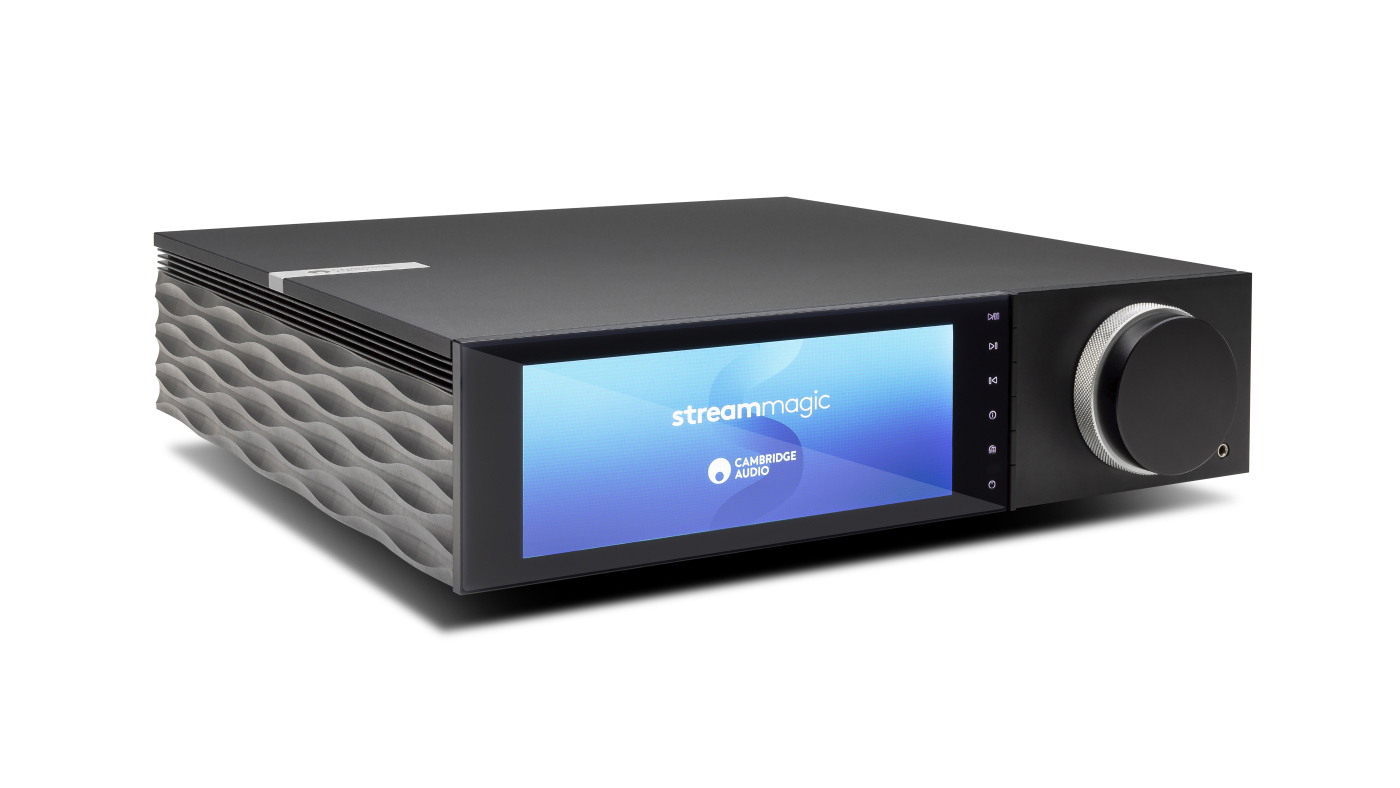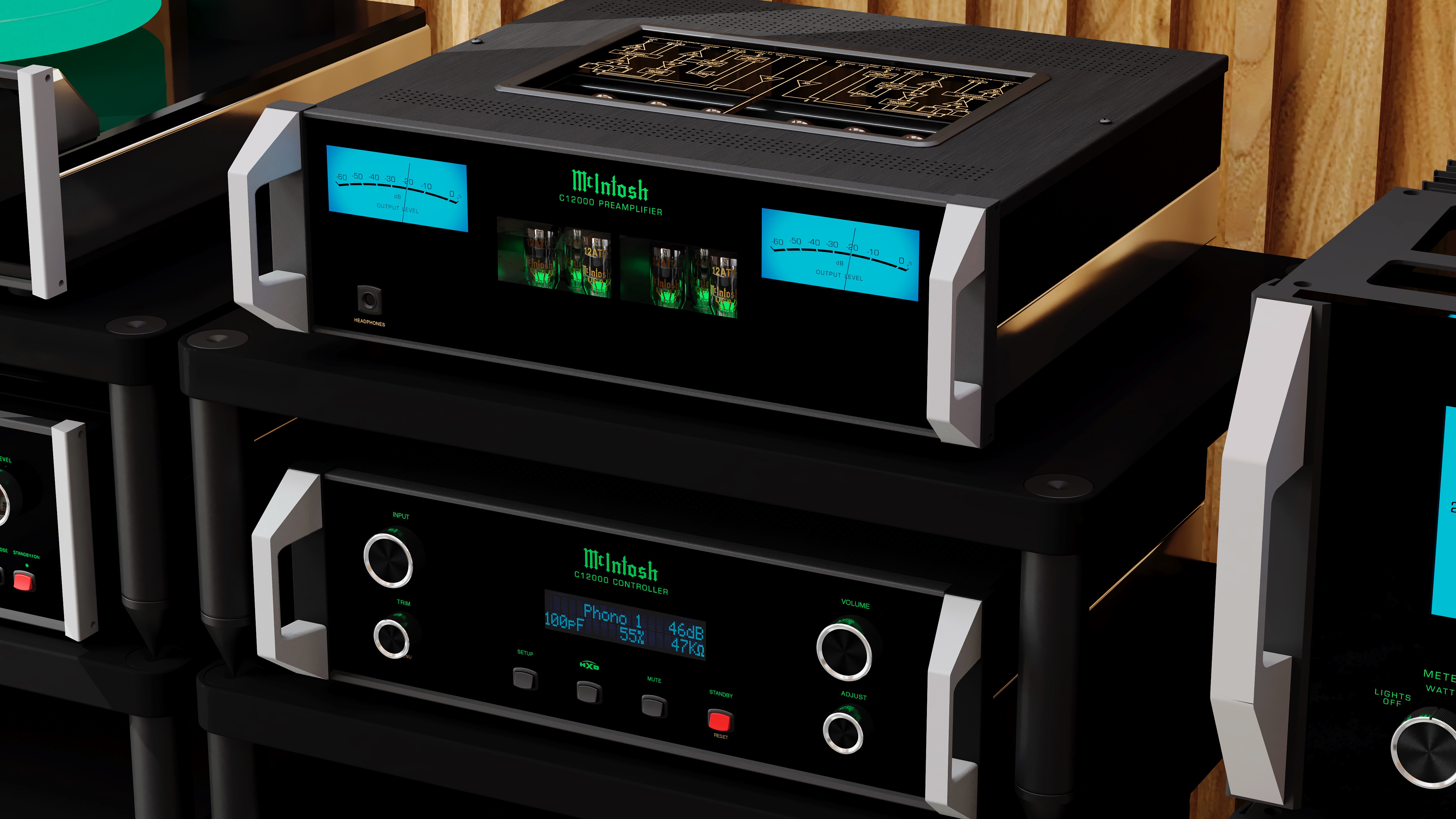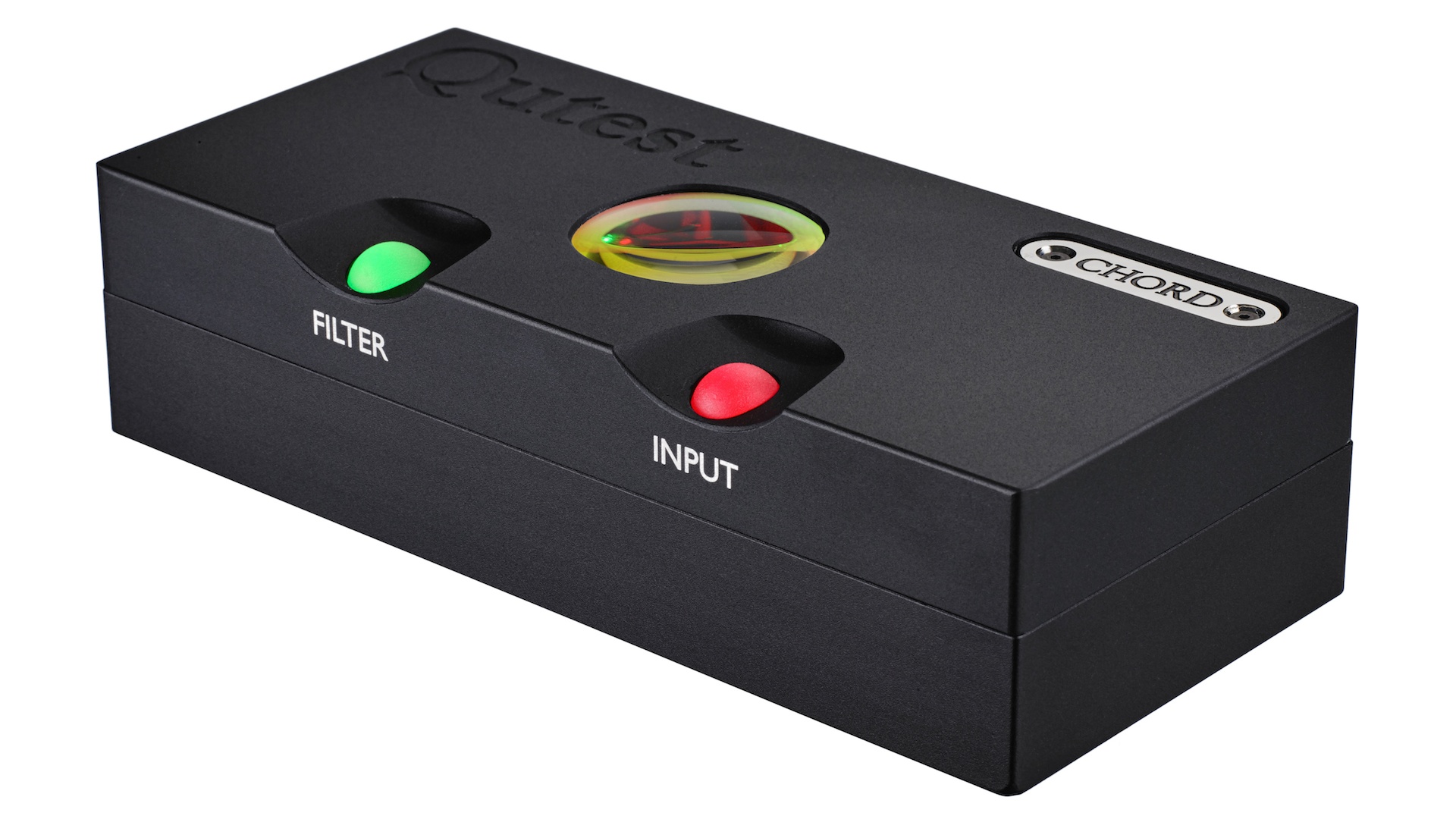The more boxes the better: why the path to sonic heaven is lined with components, clutter and cables
Neat and compact hi-fi is all very well, but there is a 'but'...

All-in-one systems are great, aren't they? Recent experiences comparing the likes of the Cambridge Audio Evo 150 (pictured top) to the Naim Uniti Atom (below) brought home just how talented these little just-add-speakers streaming systems have become. Not only do they retain all the well-recognised advantages of the breed – compactness, lack of clutter and extensive features lists that seem to cover every possible use case – but by general standards, they also perform really well now.
That these units pack a fully featured streamer with Bluetooth, AirPlay and Chromecast plus a DAC, preamp and stereo power amp in one box that has the footprint of an A4 piece of paper is pretty impressive when you think about it.
Once, I would have had the compulsion to add a "but a separates system would sound better" caveat line in every review of such a component. Not any more. Add a good pair of speakers to such an all-in-one system and you can sit back and enjoy. And I really think most people would be able to do just that. Most, but not all. Because there will always be people that put performance first.
More resolution and transparency

There are those who are willing to put up with the extensive space requirements of a separates system and the nest of cabling that goes with it, just to experience that final degree of resolution and transparency. Let’s not forget that a separates set-up that tries to match an all-in-one box for features will invariably end up costing a fair bit more too. But for that demanding minority willing to look past these issues, I have a bit of advice: more boxes are good.
Boxing clever

Of course, things can be taken too far – and I know that all too well. I once had a stereo system made up of no fewer than fifteen separate boxes: three for the record player made up of the player itself, its power supply and a phono stage; a CD transport with its own power supply; a jitter buster (which was a thing at one point!); a DAC; a preamp with yet another power supply; and a pair of monoblocs. The speakers at the end of them were the first generation of ProAc Response 1 that had outboard crossovers. All in all, a total of fifteen boxes and a lot of clutter and furniture. My reward? Sonic heaven.
Of course, being a determined upgrader, I then evolved that system with newer arrivals that reduced the box count somewhat – though that was never my reasoning for choosing them. Designers just seem to have got better at combining different functions within the same box, so it’s far less common now to find, say, preamps or CD players with outboard power supplies than it used to be, even if they do still exist at the top end of the market. Digital products have developed so that, in domestic hi-fi at least, separate ‘jitter busters’ are no longer a thing.
Still, no matter how skillful engineers are, there are certain things that, in my experience, still hold true even today. The best-sounding phono stages always seem to be outboard; the same goes for digital-to-analogue converters and headphone amplifiers. And I’ve never heard a well-designed monobloc power amplifier bettered by its stereo sibling either. It seems that some issues in packing everything into one box remain intractable.
The latest hi-fi, home cinema and tech news, reviews, buying advice and deals, direct to your inbox.
Keeping it clean
Take a closer look at the hurdles and this becomes easy to understand. Every extra function needs additional circuitry, which in turn requires space, heat management, interaction control and power to make it work.
Let’s start with space, which tends to be at a premium in most products. Adding an extra feature could possibly involve moving an existing part of the circuitry from its ideal location to somewhere less suitable, thus degrading the signal path and increasing the risk of interference or unwanted interactions all over the electronic sections of the product, be they mechanical, electrical or magnetic in nature.
Adding an extra feature such as a phono stage or DAC to an amplifier, say, could put its power supply under extra strain, affecting the supply’s ability to deliver a clean energy feed to the rest of the circuitry. Not only that, it’s entirely possible that the extra bit of electronics you’ve added will itself inject unwanted noise into the power supply’s feed, also spoiling the performance of everything else.
The heat is on

All this may appear like I’m overstating the case, but there are practical examples of these phenomena. I’ve heard samples of two budget Rotel integrated amplifiers (the RA-01 and RA-02) where the only difference was that one had a remote control and the other didn’t. Taking the lids off it was obvious that the two were essentially identical apart from the motor added to turn the volume potentiometer and a handful of components needed to make it all work. While the amplifiers had a similar sonic character, it was clear that the (cheaper) non-remote unit sounded significantly better, sounding more refined and clearer. I’ve heard similar differences from the line stages of a Naim preamp when optional phono boards were added to the main motherboard but not used.
Let’s not forget about heat either. Heat management is a major issue in electronics – just look at the space given over to heatsinks of various types – and any additional circuitry will simply add to the warmth generated. As well as the environmental impact through wasting electricity, there could be reliability or longevity issues if this isn’t handled properly.
Separating functions into different boxes usually makes things sound better, and also means the customer only pays for the features they want. If that customer is a fan of record players, for example, they can invest more heavily in a phono stage to suit their needs.
Better stripped back
The only times I’ve found that extra functionality doesn’t seem to affect the overall sound much is when it’s done in software rather than hardware. It seems possible to pile on digital features such as streaming services, AirPlay, Chromecast and Roon compatibility without messing things up, though even here I’ve found that it’s still best to take care with equalisation modes and DSP in general. It's easy to adversely affect the dynamic expression and rhythmic precision of the music signal if these aren’t done just right.
Of course, many will point to five-star integrated amplifiers such as the Electrocompaniet ECI-80D, or higher-end products such as the Cambridge Edge A integrated amp, as products that have combined analogue, digital and Bluetooth functionality superbly while producing an excellent sound – and they’d be right. It’s a testament to the various design teams that the performance of these products is so good. But, I also have no doubt they’d sound even better in stripped-back form. That's just the nature of hi-fi.
MORE:
Best hi-fi systems: micro, vinyl and streaming music systems
Best speakers: budget to premium stereo speakers
Best stereo amplifiers: best integrated amps for every budget
The best record players, best music streamers and best CD players

Ketan Bharadia is the Technical Editor of What Hi-Fi? He has been reviewing hi-fi, TV and home cinema equipment for almost three decades and has covered thousands of products over that time. Ketan works across the What Hi-Fi? brand including the website and magazine. His background is based in electronic and mechanical engineering.
